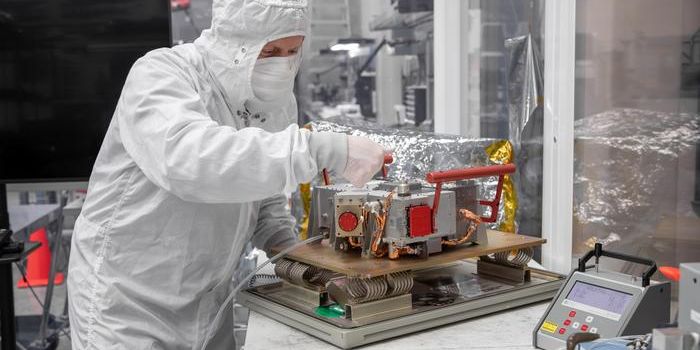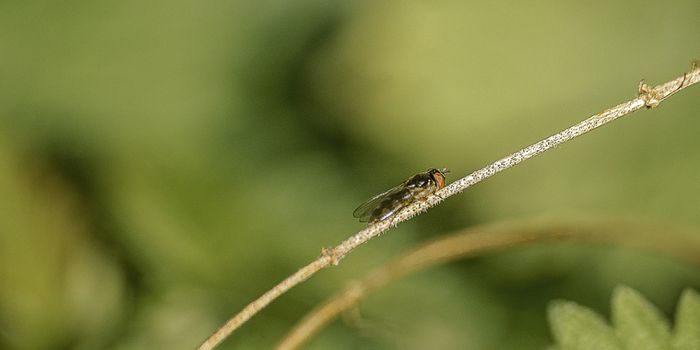Scientists Discover A Novel Way That Bacteria Infect Cells
The skin is one of the most important parts of our immune system; it simply creates a barrier that keeps pathogens out of the body. But there are still many ways for microbial cells to get in. Bacteria can enter the body through a cut, they can be inhaled, or ingested, for example. Once in the body, they can get infect cells. Different microbes can target different kinds of cells, and they might target one kind of cell to trigger an infection, and use another mechanism to spread the infection through the body. When targeting cells to infect, there are a few ways that bacteria can actually enter cells. Bacteria might simply be taken into the cell through processes that usually move critical molecules in, for example.
Scientists have now discovered a new mechanism of bacterial infection. The findings, which have been reported in Nature Communications, focused on a novel bacterium called Bordetella atropi that infects roundworms. The bacterial cell can morph into a long thread, a process known as filamentation, and is able to grow as much as 100 times bigger than its average size in only 30 hours, without dividing into new cells.
In this study, the researchers modified the genome of the bacterium, and revealed that the invasive thread it generates requires the same genes that other microbes use when they live in an environment rich in nutrients. Most bacteria use those genes to get slightly bigger, and don't undergo the dramatic transformation and growth that B. atropi does.
There are many bacterial cells that can form threads with their cells. But usually that happens when bacteria experience DNA damage or a stressful environment. Bacteria can keep growing this way, without dividing into new cells before the damage in their DNA is repaired.
But B. atropi can use filamentation to move from one cell to another inside of a live organism. This process also does not involve a stress response. Instead, the bacterium can invade host cells this way. The rich environment of the new host cell triggers filamentation, causing the infection of more cells.
"We went from finding the worm in the ground, finding the bacteria, and carrying it all the way to the molecular mechanism of how the bacteria infects the worm," said principal study investigator Professor Robert Luallen. "We're seeing things that no one's ever seen before."
Though B. atropi does not infect humans, the researchers noted that this infection mechanism might be used by pathogens that infect people. Filamentation may also be related to other things as well, such as biofilm formation.









